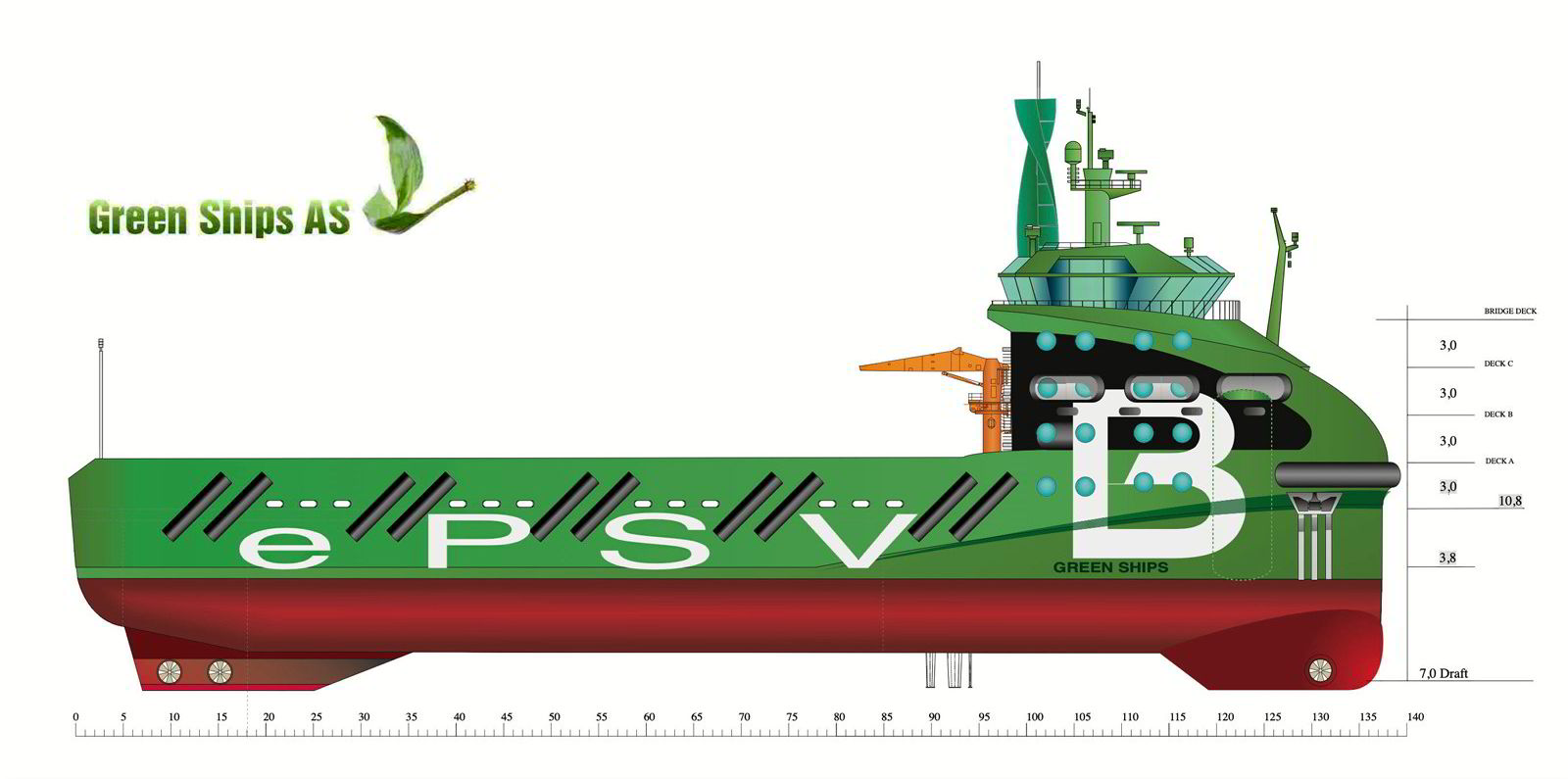US ammonia-to-power start-up Amogy is joining Bourbon Horizon to deploy its technology on at least two platform supply vessel newbuildings.
The two companies, plus Norwegian ship design consultancy Green Ships, signed a memorandum of understanding to deploy Amogy powerpacks on two zero-emission PSVs, with an option for a third vessel.
“The successful scaling of zero-emission technology and innovative ship design is crucial for reaching the regulatory requirements of the maritime sector,” said Bourbon Horizon managing director Bjorn Remoy.
“With stricter IMO regulations to reduce the use of fossil fuels as of 2030, and a target of reducing at least 50% CO2 emissions by 2050, there is an urgency in the industry to adopt decarbonising solutions.”
Amogy has developed a proprietary cracking system to use ammonia to make hydrogen on board. The hydrogen is then fed through a standard fuel cell to provide power to the ship.
For the Bourbon Horizon vessels, the system will include a 100-cbm tank on board. The companies said it will be well contained and adhere to DNV protocols to avoid potentially fatal ammonia exposure.
Amogy told TradeWinds in August that it intends to focus on the Norwegian offshore market, due to a willingness from business and government to move forward on decarbonising shipping.
The announcement said it will use private and public funding to build the ships.
It added that most of the global PSV fleet is between 10 and 20 years old and will not comply with the incoming emissions regulations.
“The technology to convert ammonia into a zero-emissions fuel is ready,” said Amogy Norway managing director Christian Berg.
“Combined with the announced increased capacity in low and zero-carbon ammonia and ammonia bunkering projects in Norway, Singapore and the USA, the maritime industry can take concrete steps to reach the IMO goals.”
The newbuilding design, dubbed an ePSV by the companies, was developed by Green Ships, which has designed zero-emission and energy-efficient vessels for the offshore, ro-ro and cruise sectors.




